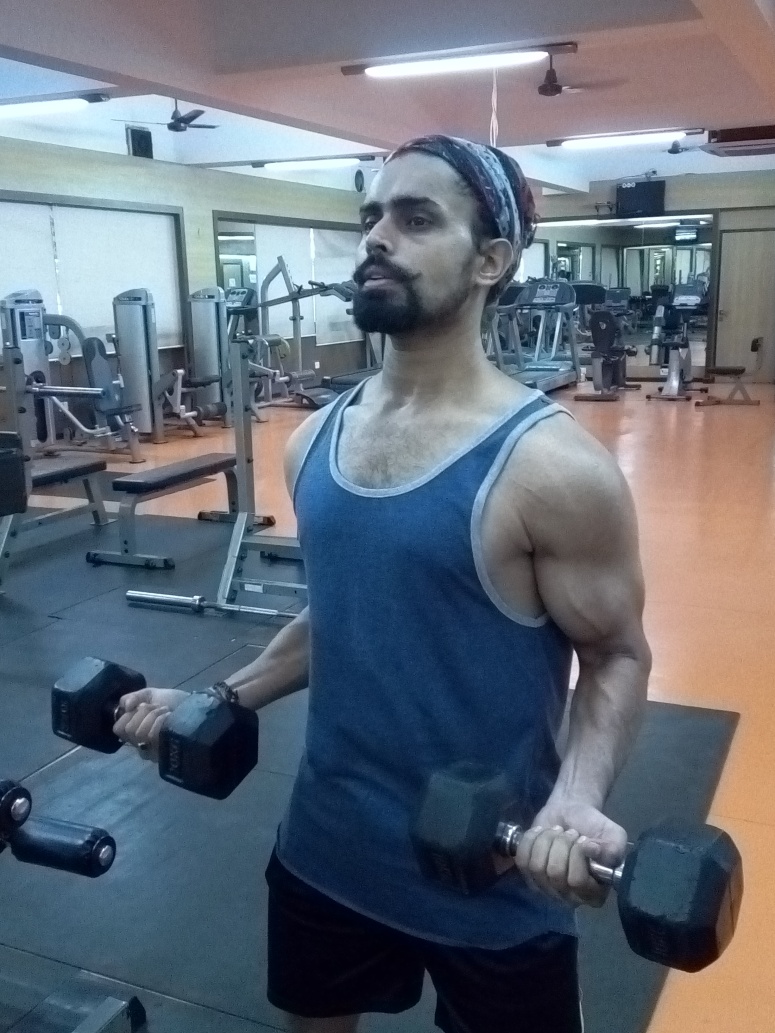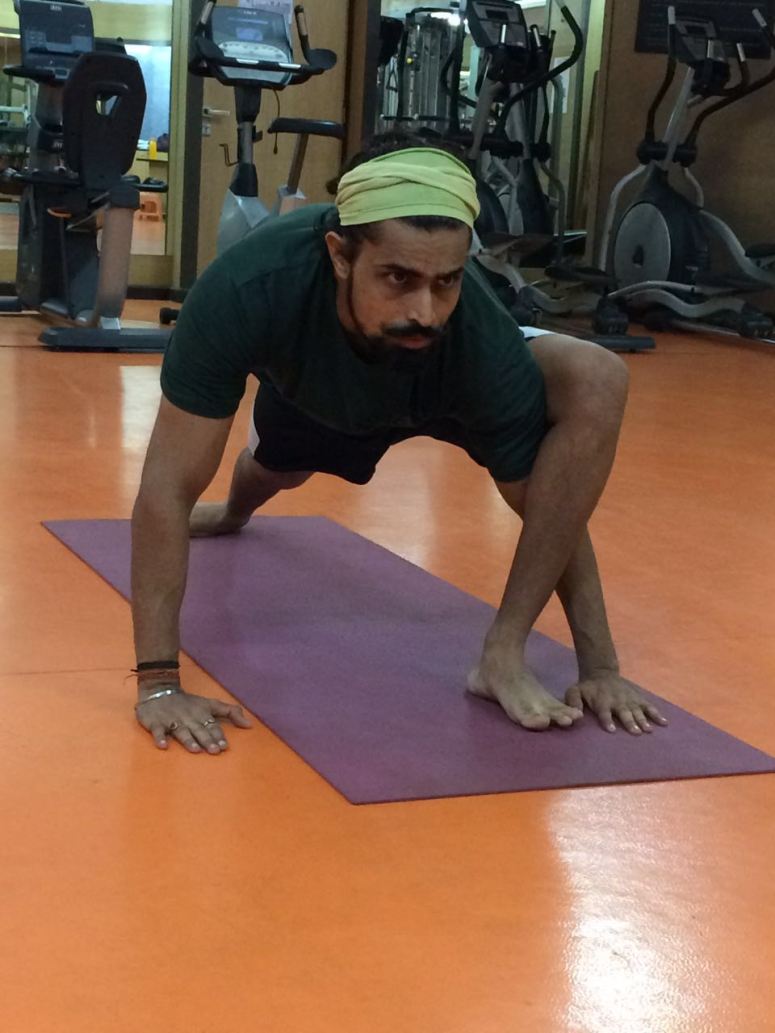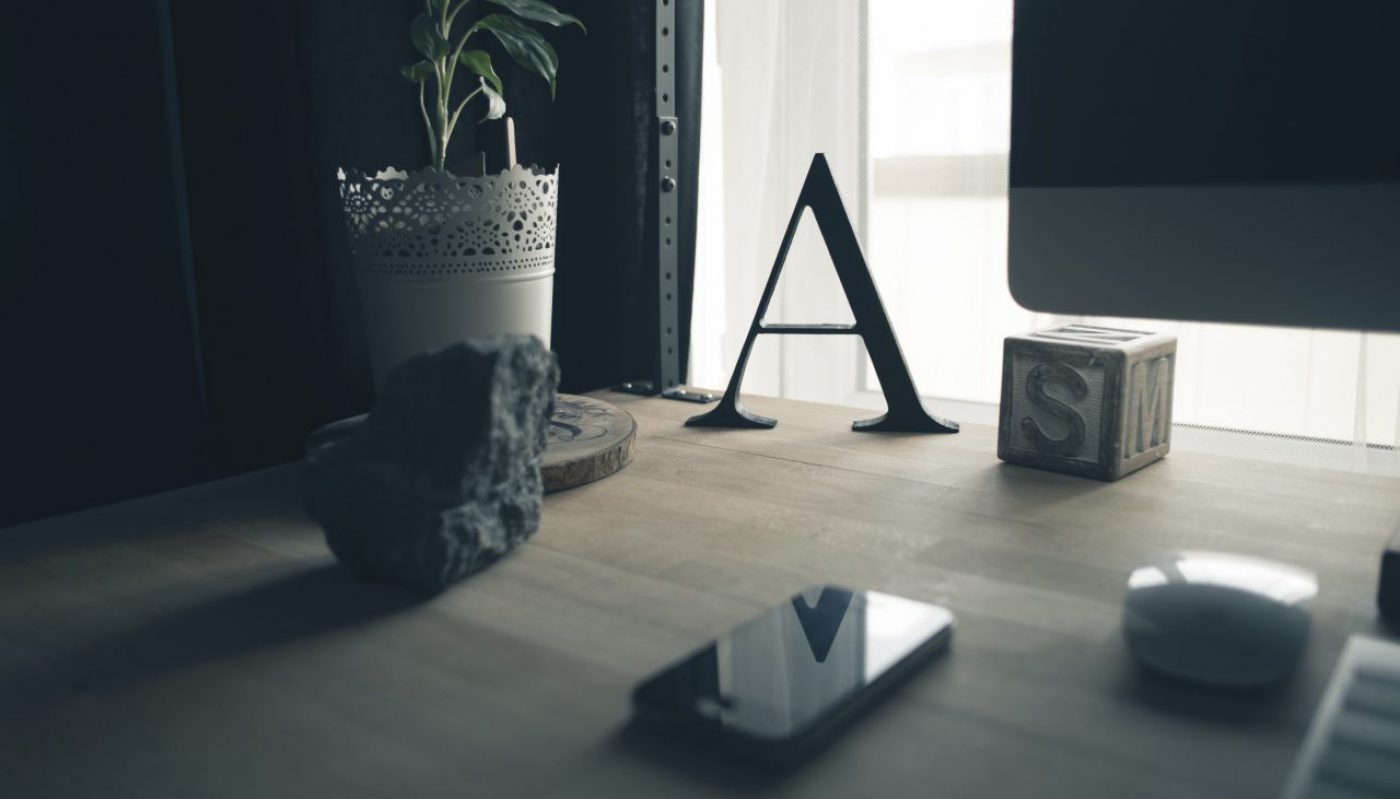Ooookay! I know I have been writing an awful lot about love and relationships, to the point that I’ve started to bore myself. So, I can only imagine your plight! And when I start loosing interest in one subject, I turn to the other.
Speaking of which, I thought I’d speak a little on health and fitness which one of my subjects of interest. Now I’m well aware of the fact that there are a gazillion health blogs and videos out there so what’s so special about the “sen8orial” health facts that you should consider spending a few precious moments of your life reading.
Besides, I’m no certified authority to be dolling out health gyan (knowledge) so why bother; right?
Well, here’s the deal. I may not be a health and fitness expert or a certified trainer or a nutritionist however, I have learned from my own trial and error method and acquired a good deal of experience from all the hours of sweating it out in the gym. I do know a thing or two and you can take it or leave it, it’s up to you!

Speaking of good health and fitness, it must be a prerequisite and form a priority in your daily activities irrespective of the age, gender or any other category you may slot yourself in. No matter who you are or what’s your age, good health should be your prime concern and fitness a way of life.
Now, you must be thinking what’s new about it and we’ve heard it like a million times. But don’t be too eager to judge me and before you do, ask yourself, how many of us actually incorporate the idea of healthy living in our lives and form a habit to remain fit. And I know you may have heard this before but it really doesn’t take a lot to ditch the swanky looking, glass paneled elevator for the trite and rather daunting stair well. But that’s where it all begins; with that first step on the stairs leading to your path of fitness and health goals.
We all may have different health goals but the lure of vanity forms number one for almost all of us. There’s nothing wrong in being a little vain and wanting to lose a little extra pounds or that “baby” fat to look good for that boy you’ve been eyeing or the new girl at work that you want to impress.
The desire to look good and young is a justified reason and a valid point. If anything, we must all make an effort to look good and presentable in the social and professional circle we move around in if we want ourselves to be taken seriously. No one like a sloppy Joe! But you can only look as good as your health. After all, it’s your inner health and feelings that reflects on your face.
Perhaps, that’s where the saying “beauty lies skin deep” comes from. When you’re in good health and feeling good and happy from within, it shows on your face. You skin glows as it is well hydrated and moisturized with the natural oils in the skin. There’s a look of comfort and ease on your face ’cause your not experiencing any pain or health issues and a sense of contentment that is palpable and that’s when you get compliments like “you’re glowing…what’s the secret?”
The secret is good heath. And when this health eludes you, despite the amount of makeup you dab on your face, you still look pale as the pain you’re experiencing reflects on your face. This pain can be physical or emotional. That’s why, mental health along with physical health is of equal importance. And just as your feelings and emotions, your thoughts reflect on your face too. Your face truly is a mirror of you inner health and your true self. That’s why you must practice healthy habits to look and feel good and never underestimate the beauty of good thoughts and positive thinking if you want to save your face from the ugliness of a frown or the rolling of your eyes, a sly smile or the arched brow when you’re being vindictive and vengeful like a filmy vamp. Stereotypical as it may sound but it’s true. Your negative thoughts manifest in form of your facial expressions, taking away from your beauty and adding to your ugliness.
So turn that frown into a smile and ditch your bad thoughts for good ones and what better way to do that than hitting the gym. After all, an invigorating workout session can fill you up with a sense of achievement. An hour at the boot camp or spinning class or simply punching and kicking a bag can help you vent out your frustration and sweat out your stress. A sense of high sets in with the endorphin release; the feel good hormone. But as this high subsides the muscle soreness sets in.
Don’t get alarmed at this point. Fitness addicts and gymrats call it the “good pain” or the “feel good pain”. In fact, if we don’t feel the soreness after a workout session we kinda feel let down by ourselves thinking that we didn’t workout hard enough or it didn’t go too well at the gym.
Soreness is a sign that the targeted muscle group went through enough wear and tear to help it grow and acquire muscle strength. Every time you workout a particular muscle or involve a certain muscle group in a repetitive activity or movement that is new or unknown to the muscle memory, there are micro-fractures in the muscle cells. Every workout causes damage to the connective tissues that holds the muscle fibers together. The instant effect is the swelling of the muscle due to inflammation and that’s why your biceps bulge after you work them out and not because you’ve become Johnny Bravo or gained Poppy biceps after a single workout. The swelling, which is called a “pump” in gym slang subsides in an hour or so. However, the soreness sets in after 24 to 72 hours and is called DOMS Delayed Onset Muscle Soreness.
That’s precisely why, when you go to the gym for the first time you don’t really feel the pain. You may feel a little tired though for obvious reasons and might feel good for the endorphin kicking in but it’s only until a day or two later when the soreness kicks in and most tend to give up gymming after this as they are too scared to endure the pain any further.
However, this soreness will only last for a day or two and will subside eventually with adequate rest and re-hydration as your muscles are over seventy percent water. During this time, tissue regeneration takes place, the inflammation in the muscles subsides while the muscles repair themselves. If you can look past the pain and muster up the courage to return to the gym or your next yoga session and keep up with your exercise routine, overtime you will realize that your muscles don’t feel as sore as they did on day one, post workout. You can also push or lift heavier weights then you did on day one and do more repetitions of a particular exercise.
This is because of the “Repeated bout effect”. Your muscles have memory, which is called muscle memory and every time you perform a certain activity with the same intensity, your muscles adapt to it and prevent any further damage. The soreness only sets in if you change the activity, incorporate a new activity in your exercise regime or perform the same activity with higher intensity.
For example, if you never take stairs and one day you decide to climb four flights of stairs at once, then the next day you would find stiffness in your calf and thigh muscles (quadriceps and hamstrings) as these were the muscles that were exposed to and involved in performing a new activity that they weren’t used to doing earlier. There will be restricted muscle movement due to reduced muscle elasticity caused from the tearing of the connective tissues that hold the muscle fibers together, causing inflammation. You will experience pain in stretching your legs or sitting or standing up. This will eventually subside with rest.
A person who takes four flights of stairs every day, four to five times a day won’t really experience the same discomfort because his muscles have adapted themselves to the activity and are used to climbing those amount of stairs at a certain frequency and intervals. However, if he is made to climb a twenty story building or ten thousand stairs at one go, then you’ll find him sitting with his legs soaked in warm water the next day. The activity was the same, which was climbing the stairs however, the intensity was increased that the muscles didn’t see coming and it came as a shock to the muscles that they weren’t prepared for that lead to the tissue damage causing the dreaded soreness.
Every time you feel the soreness, you must think of it as a reward knowing that you had a productive workout session and when you stop feeling the soreness, it’s a sign that you have achieved mastery over the particular activity, your muscles have gotten used to it and now it’s time to amp up your workout. You can do this by changing your workout regime, incorporating new exercises or increasing the intensity of the same exercises. So if you don’t feel sore doing ten sets of Surya namaskaars (Sun salutation) then maybe you can try doing twenty in your next yoga session and feel the difference.

However, the DOMS Delayed Onset Muscle Soreness must last only a day or two until you perform the same exercise again the next time and the soreness will set in again for the next two days or so, till your body gets acclimatized to a particular exercise and the range of movements. But if the pain is persistent and refuses to subside then it may be a deeper muscle injury or a sprain that may need medical intervention from a certified medical practitioner.
The golden rule of workout is to observe and listen to your body. Your own body is your biggest coach so do what it says. A little soreness for a day or two is fine but a permanent, nagging pain is a sing that something has gone wrong. Even while working out, if a certain movement or range of motion causes more discomfort than usual or you don’t feel entirely confident to perform a certain exercise or push or lift a certain amount of weights then don’t do it. No matter how much you’re teased or forced into doing it by your trainer or gym buddies. Every body has a different make up and different capacity to perform a certain activity. Just because your friend can push a hundred pounds of bench press doesn’t mean you can too. At least not until you’ve developed that amount of muscle strength to push that heavy, which comes with time, perseverance and patience.
Let the soreness be your motivation to work harder and develop more strength and endurance to push more and endure more pain the next time. Don’t let it demotivate and intimidate you from returning to the gym again. And though vanity may be the reason that got you to the gym the first time, let health be the reason for you to stay back and continue to persevere and endure to achieve an unimaginable amount of strength and fitness and an enviable body, that comes as a bonus. Vanity will soon fade away but what will last is good health and fitness.
Now that we’ve gotten ourselves to the gym and started on the mission to a healthier self, let’s vow to stay on it despite the hurdles that may come in our way. We have to keep that one hour aside for ourselves and a better tomorrow, no matter how packed our schedule maybe.
I will write more about health and fitness in the days to come and on topics like fat, fat loss the healthy way, building muscles the natural way, building stamina and endurance and the difference between the two, fad diets and healthier options and anything else that I may feel like sharing with you on the given day.
Like I mentioned earlier, I’m no health and fitness expert so you may choose your discretion before deciding to follow anything I say here. I speak purely from my experience and the knowledge I’ve acquired from it, from my interactions with fitness experts and trainers and my personal research. My endeavor is to share my knowledge with you and encourage as many people as I can to adopt health as a lifestyle and fitness as their life goal……So live healthy!

I could not agree more with you! Great blogpost, love it.
LikeLike
Thanks Karl-Heinz! Fitness has to be a way of life and not a fad. It will be my persistent endevor to keep sharing my “limited” knowledge on the subject of health and fitness and keep encouraging people to adopt a healthy lifestyle… Thanks for your time and kind words
LikeLike